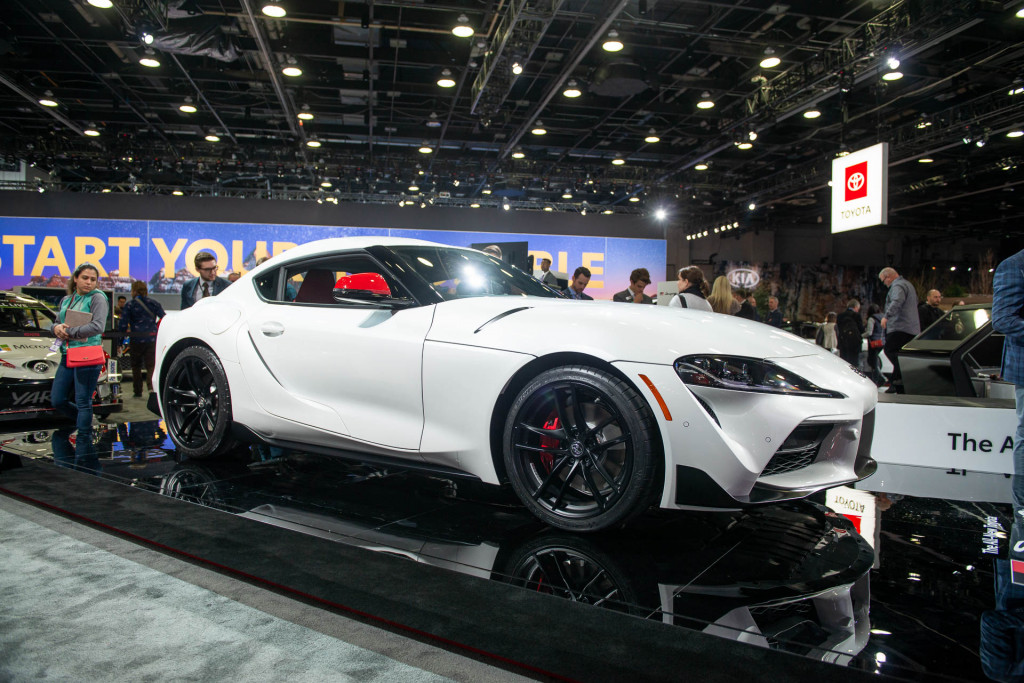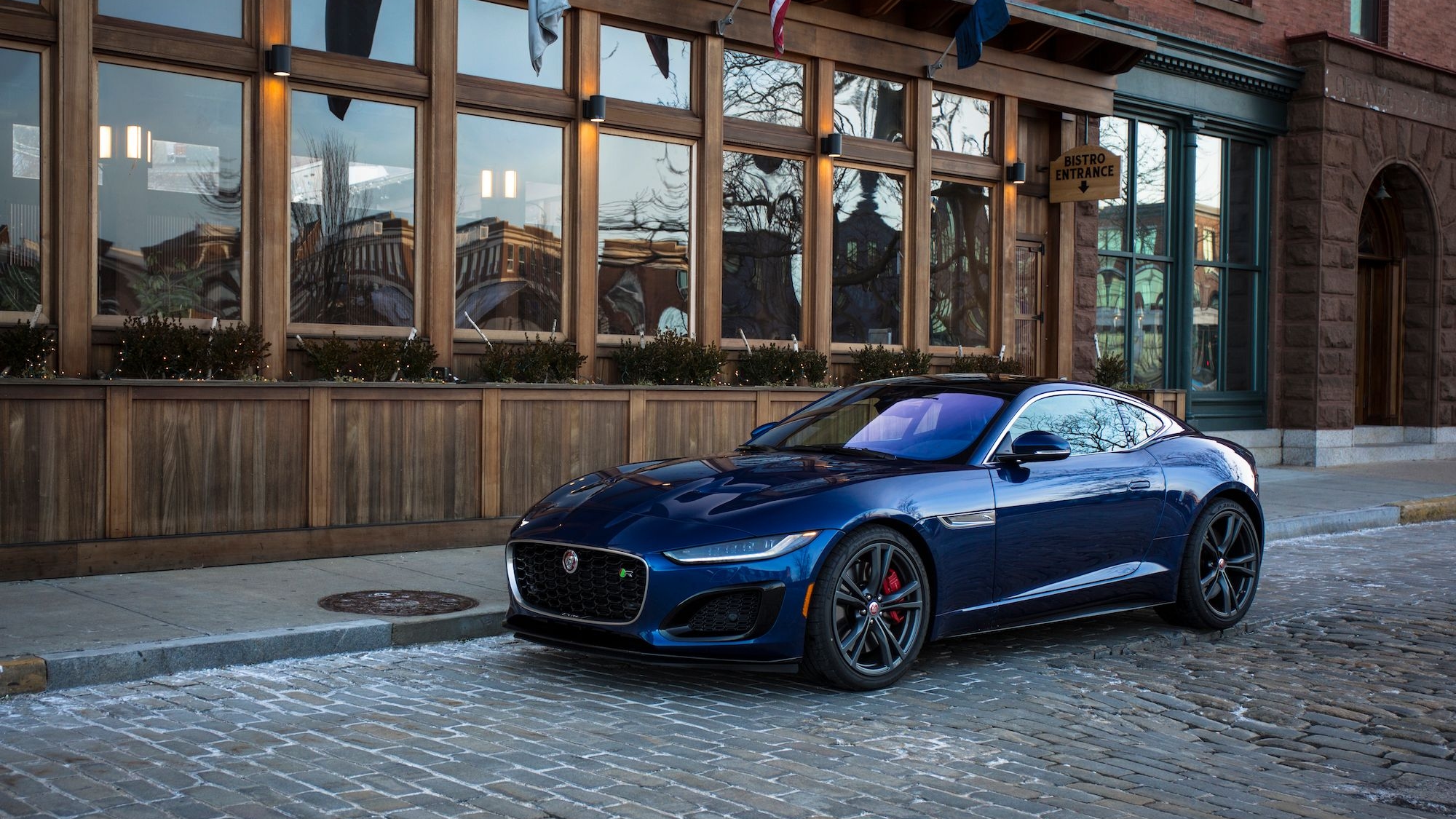Despite numerous air vents on its body, the 2020 Toyota Supra does not actually make use of them for any sort of cooling or aero functions. However, they can be made functional.
The Supra's lead engineer, Tetsuya Tada, told Road & Track in a Wednesday report that the blocked off plastic vents can turn functional, and were developed with a Supra race car in mind. The chief engineer explained his team built a Supra race car halfway through development of the production road car and the vents all over the sports car's body are leftover from the race car's design.

2020 Toyota Supra, 2019 Detroit auto show
Tada said the race car shaped the final design of the Supra and noted the plastic caps on the fake vents can "come off very easily." When and if an owner decides to turn their Supra into a race car, the numerous vents are ready to accommodate where the owner wants to focus airflow and cooling.
The fake vents are located in the doors, in the hood (presumably for heat extraction), under the headlights, tucked into the lower bumper, and drip from the taillights, which has become somewhat of a signature Toyota design trait.

2020 Toyota Supra, 2019 Detroit auto show
There's more to it than simply removing the plastic caps all over the body, though. Owners will need to fit the vents with proper ducts for any sort of cooling or aero benefits, but the structure is there, Tada added, and said they're meant to be used depending on what segment of motorsport an owner wants to tackle.

2020 Toyota Supra, 2019 Detroit auto show
We're more than confident some of the first owners will be more than eager to begin modifying the latest Supra when the car arrives later this year, and we await any sort of improvements that come with opening up the numerous pseudo-vents tacked onto the road car.


